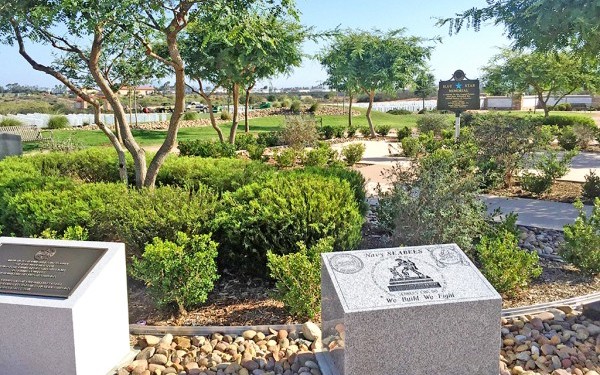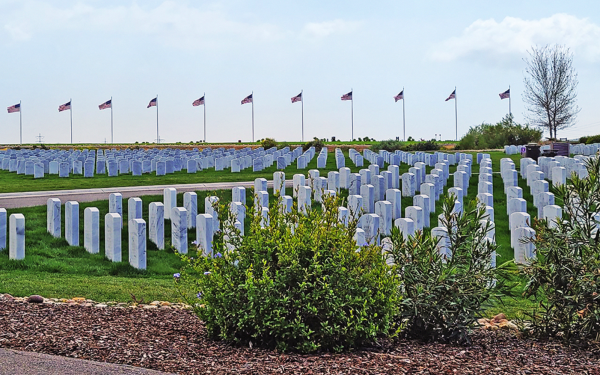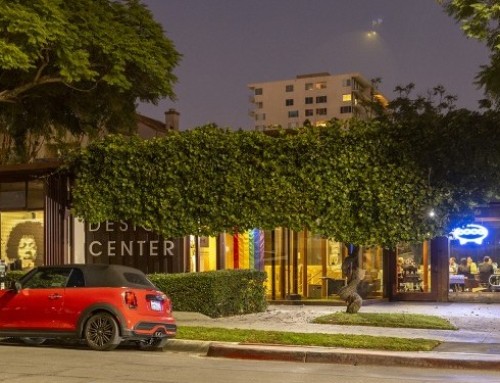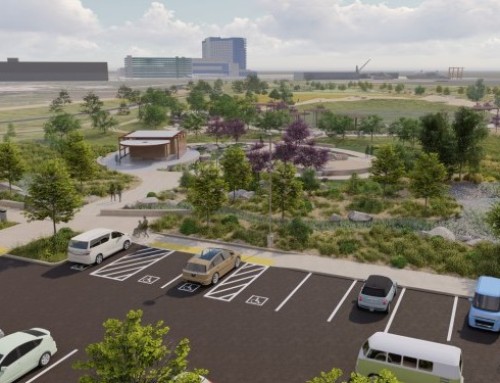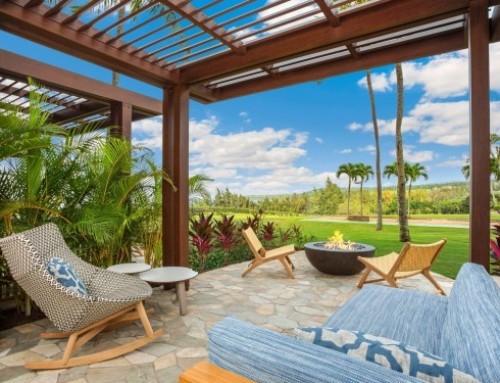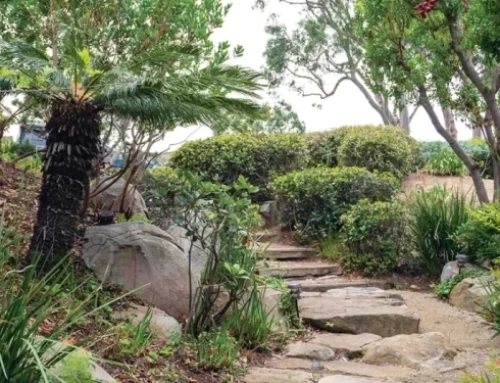By Ray Huard
Published in San Diego Business Journal, Oct 15, 2022
Miramar National Cemetery is in the midst of a major expansion, with Solana Beach-based Van Dyke Landscape Architects handling key elements of the work that will add nearly 27,000 burial sites to the memorial site first dedicated in January 2010.
“It really truly is an honor to work on not just a cemetery, but a veterans’ cemetery because of the service that has been done by these folks,” said Denise Armijo, project manager for Van Dyke Landscape Architects. “Veteran cemeteries are actually considered shrines.”
Covering 20 acres of the total 323-acre cemetery site in Miramar, the latest addition is scheduled for completion in October 2023.
Miramar National Cemetery will ultimately have 162,443 burial sites, made up of 357 gravesites for traditional burials, 70,792 pre-placed crypts, 30,374 sites for in-ground burials of cremains, and 60,920 columbarium niches.
Van Dyke Landscape Architects (VDLA) developed the overall master plan for the cemetery and was the primary design consultant for the first phase of Miramar.
The company also worked on expansions of Riverside National Cemetery and Fort Rosecrans National Cemetery in Point Loma.
Challenges
Initial construction in the first phase of the Miramar National Cemetery’s development included the entry and the Avenue of Flags that is visible from Interstate 805, an administrative building, a flag assembly area, two columbarium plazas, two memorial walls, a prisoner of war plaza, and a maintenance complex.
“It was basically the basic bones of the site, so to speak, as well as the first phase of internment spaces,” Armijo said.
In the second phase, as part of a team led by John Gallup & Associates, based in Georgia, VDLA is handling site layout and design for double depth crypts, in-ground cremains burial areas, planting and irrigation, and expanded parking areas.
The new work also includes expansion of the administration building, a new honor guard building, a columbarium plaza and a new turn lane into the cemetery.
A new memorial walk will loop through an environmentally preserved section of the cemetery connecting to the flag assembly area.
“All veteran cemeteries do have a memorial walk somewhere within them but they don’t necessarily connect as ours does to the flag assembly area nor do they have the preserved environmental areas that we do,” Armijo said.
Because of the site topography, utility lines running through the site, and environmentally sensitive habitat, a good portion of the cemetery site couldn’t be developed.
Another segment couldn’t be used as assembly areas because it is within the flight paths of MCAS Miramar.
“There were a lot of constraints,” Armijo said.
The landscaping had to comply with strict government guidelines, which required much of the site to be covered with turf.
“With water conservation, we try to limit the amount of turf as much as we can but one of the things that’s wonderful about turf is that the root zone is only a few inches deep and it knits itself back together, depending on the type of turf,” Armijo said.
That’s important in a cemetery where the ground is regularly dug up for burials.
Special Care
Recycled water is used throughout the cemetery and all plantings other than the turf grass use point-to-point irrigation so water isn’t lost to evaporation or sprayed on unplanted areas.
The irrigation system in the second phase also uses polyethylene pipes that are fused together to avoid water lost through cracking or joint failure.
Much of the site that’s not covered by turf is covered by coastal sage scrub.
“We did not want to use any invasive plants that would be receding into those native areas,” Armijo said. “We wanted it to kind of blend in to the natural surroundings, and so the perimeter plantings use typical coastal sage spread plants such as coyote bush, sumac, and others. Then we kind of transition as we get more toward the center of the cemetery and focal point areas such as the entry and administration building or around the shelters where you want to have a little more color and there we use drought tolerant ornamental plants.”
Special care was given to designing roadways and walkways through the cemetery, so there are no dead ends.
“The folks that you are serving, many of the visitors and loved ones are older populations,” Armijo said. “Obviously, when you are going to a funeral, you’re typically not in your best frame of mind so you want the circulation and way finding to be very clear. You don’t want to have cul-de-sacs where people can kind of end up somewhere without knowing where they are”.
_______________________________
With offices in Solana Beach and Temecula, VDLA specializes in landscape architecture, urban planning and design, irrigation design, water resource management services, graphic communication, community outreach services, plan check reviews and field inspections throughout Southern California

